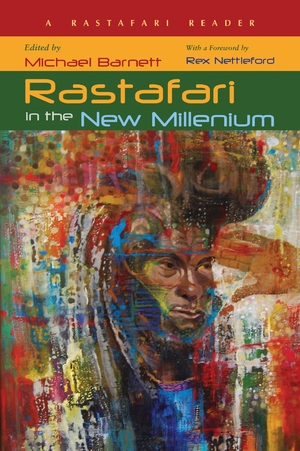"Rastafari has undergone a remarkable metamorphosis over the course of the twentieth and into the twenty-first century. It has gone from being a social outcast upon whom a great deal of vituperation was heaped to representing a quintessential marker for Caribbean resistance against colonial, social, and religio-cultural mores. This excellent text brings together an impressive cast of scholars who seek to articulate the changing nature of the movement."—Black Theology: An International Journal
Description
In the dawn of the new African Millennium, the Rastafari movement has achieved unheralded growth and visibility since its inception more than eighty years ago. Moving beyond a pure spiritual movement, its aesthetic component has influenced cultures of the Caribbean, the United States, and others across the globe. Locating the Rastafari movement at a literal and figurative crossroad, Barnett sets out to consider the possible paths the movement will chart.
Rastafari in the New Millennium covers a wide range of perspectives, focusing not only on the movement’s nuanced and complex religious ideology but also on its political philosophy, cosmology, and unique epistemology. Barry Chevannes’s essay addresses the concerns of death and repatriation, highlighting the transformative challenges these issues pose to Rastafari. Essays by Ian Boxill, Edward Te Kohu Douglas, Erin C. MacLeod, and Janet L. DeCosmo, among others, offer rich accounts of the globalization of Rastafari from New Zealand to Ethiopia, from Brazil to Nigeria. Drawing on new research and global developments, the contributors, many of whom are leading scholars in the field, reinvigorate the critical dialogue on the current state and future direction of the Rastafari movement.
About the Author
Michael Barnett is a lecturer in the Department of Sociology, Psychology, and Social Work at the University of the West Indies at Mona. His articles have appeared in such publications as Caribbean Quarterly, the Journal of Caribbean Studies, and the Journal of Black Studies.
6 x 9, 384 pages
June 2014

